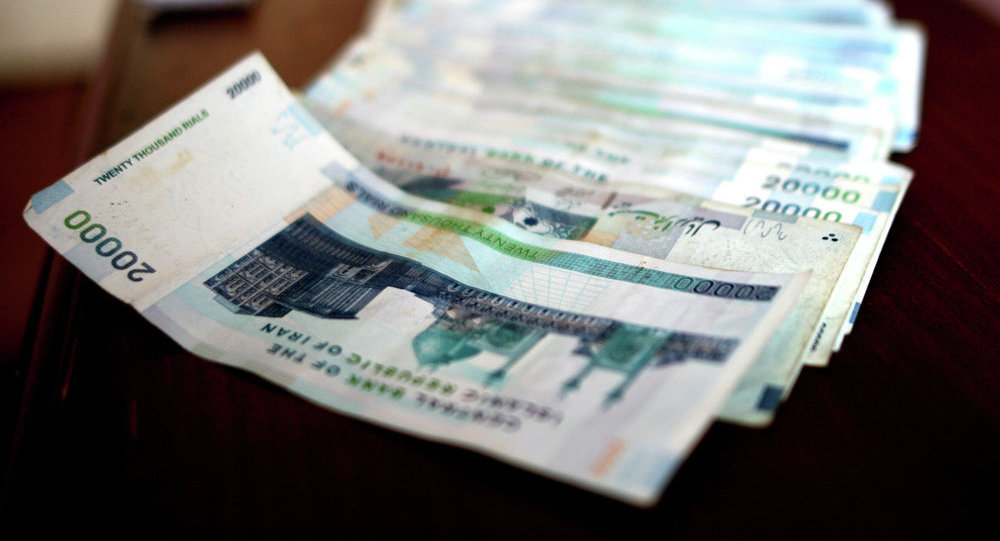As reported by the Iranian state news agency IRNA, the Islamic Republic of Iran and the Russian Federation not only want to double their bilateral trade to the equivalent of US$8 billion in the short term and even quadruple it to US$15 billion in the medium term but also to dispense with the U.S. dollar and other foreign currencies in the process.
Instead, these trade transactions will be conducted in the respective national currencies, the rial, and the ruble. An agreement to this effect was reached during Vladimir Putin’s visit to the Iranian capital Tehran.
Read also: Check out our coverage on curated alternative narratives
This was confirmed by the governor of the Central Bank of Iran, Ali Salehabadi, who also criticized the “weaponization” of the U.S. dollar.

“Local currencies and bilateral and multilateral currency agreements will be a suitable means to neutralize the political instruments of domination of world currencies, and in this regard, we are witnessing today the first and very important step in the field of bilateral currency agreements between Iran and Russia,” Salehabadi said.
He stressed that Iran’s economic relations with other countries, especially friendly and neighboring countries, are one of the strategic priorities of the Iranian government, saying, “After the president’s visit to Russia, good agreements were signed, and one of these agreements was the important bilateral currency agreement between rial and ruble, the implementation of which we are fortunately witnessing today.”
From the Russian side, Kremlin spokesman Dmitry Peskov said Moscow was working with Tehran to phase out the use of the U.S. dollar in bilateral trade. He said he hoped that a cooperation agreement to that effect would be concluded shortly after some additions to its provisions were confirmed.
“We all know that trade and economic relations between the two countries amounted to a little over US$4 billion last year, although it may be wrong to count it in U.S. dollars, and over time we are likely to move away from this practice as we expand our cooperation in the banking and financial sectors,” Peskov told Iranian state broadcaster in an interview also aired by Rossiya 24 TV.
Even though the volume of trade between Russia and Iran is not that large in global terms, it shows the increasing willingness to ignore the U.S. dollar and other Western currencies (such as the euro or the British pound) in bilateral trade between other countries.
Sooner or later, the BRICS countries (which Iran would also like to join) want to establish their own basket currency (similar to the IMF’s “special drawing rights”), based on which they can then conclude trade agreements.

